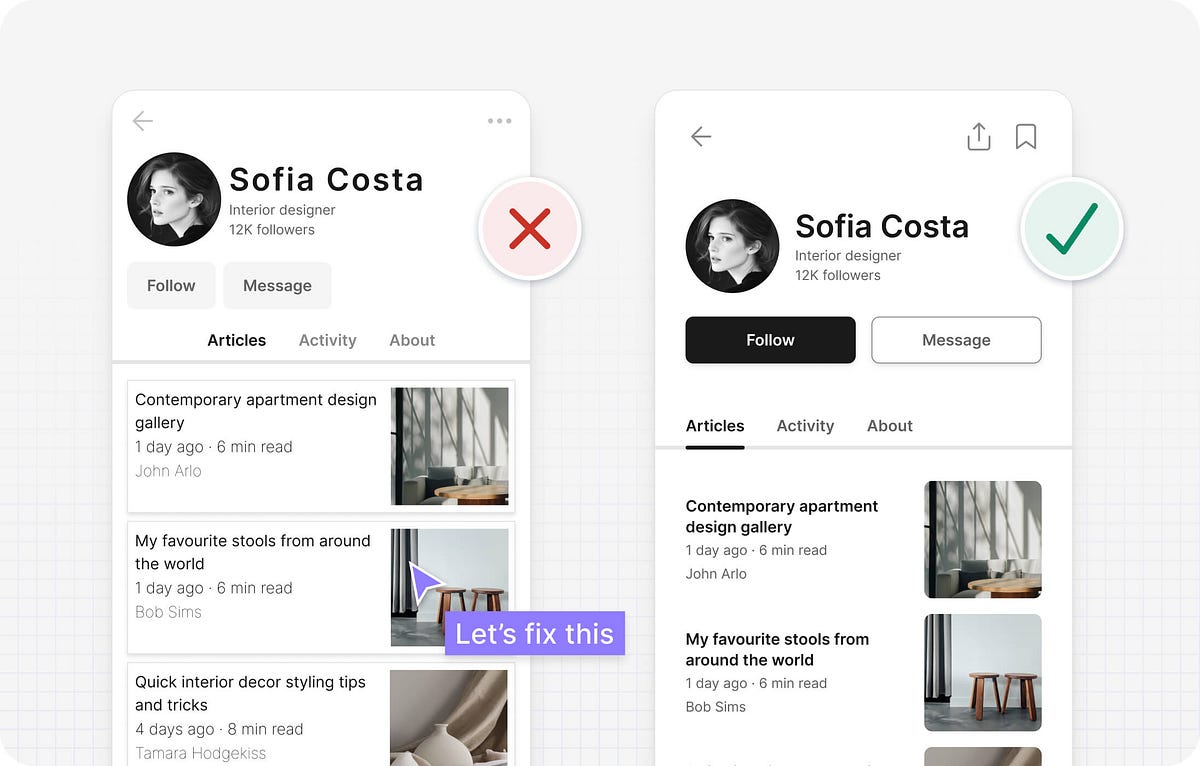
"The amount of spacing between interface elements should depend on how closely related the elements are. More closely related elements should generally be closer together to show that they're related."
"Using spacing in this way is one of the most powerful methods of breaking up information into smaller groups. Interfaces are made up of many small rectangles within larger ones."
"Deciding on the ideal spacing between interface elements can be a frustrating and time consuming task. Rather than using trial and error, create a simple set of predefined spacing options."
User interface design can be daunting due to numerous choices in layout, typography, and color, compounded by usability and accessibility needs. However, sound design practices are founded on logical principles which can be learned, allowing designers to make informed decisions instead of relying on instinct. Structuring design choices supports intuitive, inclusive, and attractive interfaces. One effective method is organizing spacing based on the relationship between elements, grouping closely related items with minimal space and separating unrelated items. This organized spacing can be pre-defined to simplify the design process and enhance clarity.
Read at Medium
Unable to calculate read time
Collection
[
|
...
]